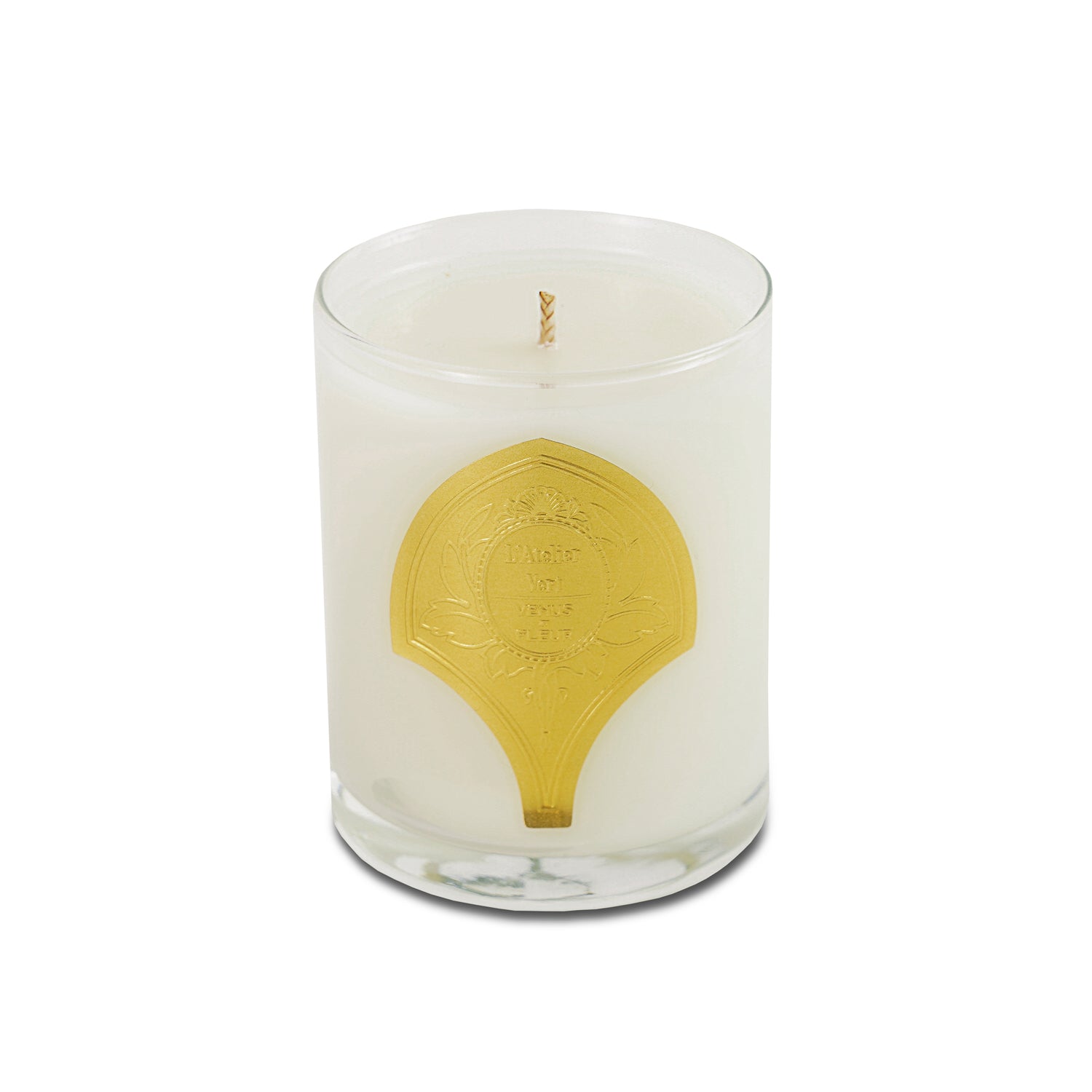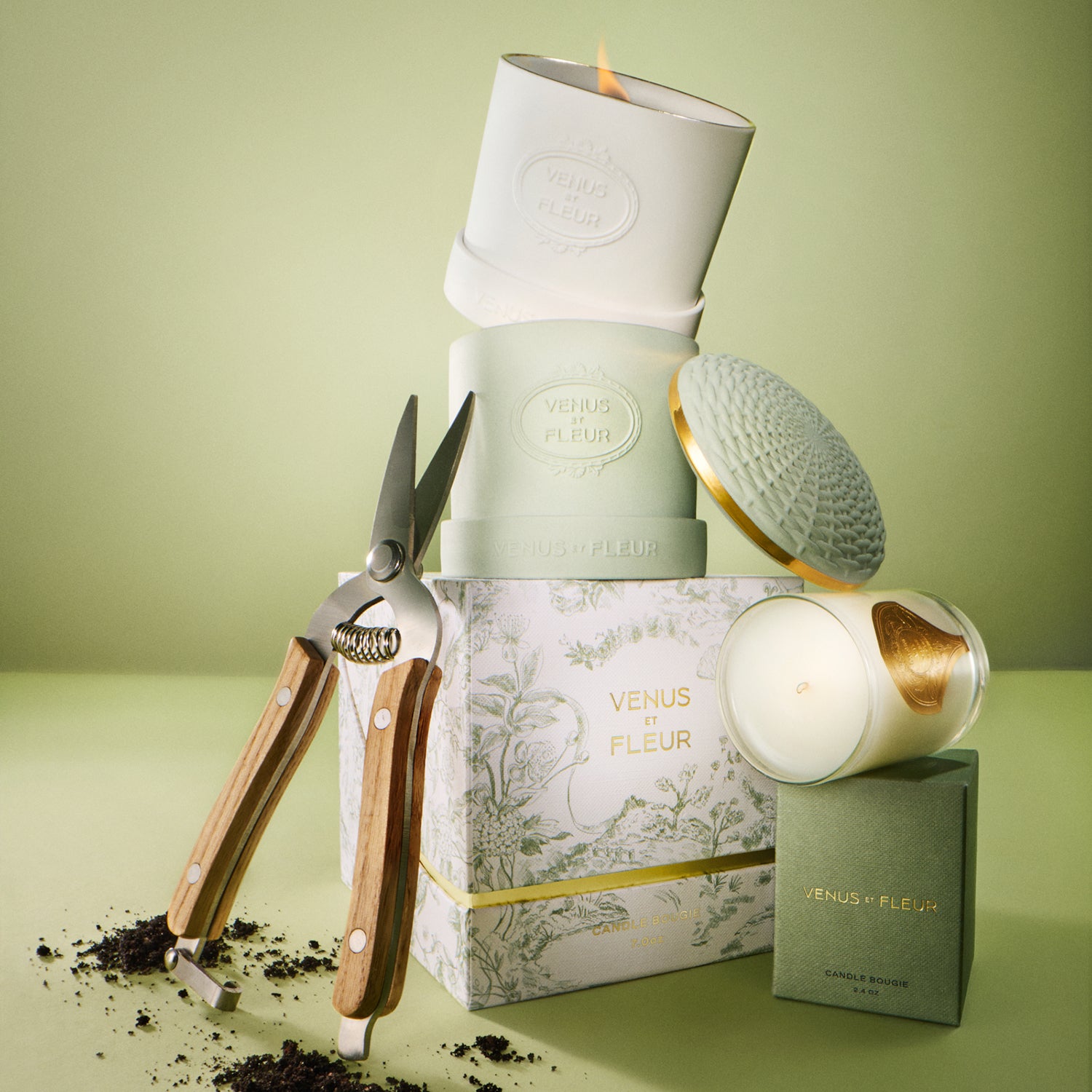

The gift of roses is a heartfelt and beautiful way with which to express sincere emotion, gratitude, and even love to another. It’s only natural to want to preserve such a tender gesture for as long as humanly possible. For these reasons, the preservation of flowers is a long-practiced and impressive art form that anyone can accomplish given the proper tools and instructions.
Not only do preserved flowers make for charming decor, but they also, at their best, work to preserve the special feelings associated with the original gift and, hopefully, the joy at the thought of the giver. Should you receive an arrangement of flowers for any special occasion, you may find yourself wanting to cherish them for longer than their natural life.
You may know already that, here at Venus ET Fleur®, preserving flowers is something of a specialty. Our Eternity® Roses use a proprietary formula that allows these vibrant, real roses to last for up to a year with proper care while sacrificing none of their natural beauty and fragrance. While we can’t advise you how to make these beautiful creations at home, we encourage you to browse our special collections and will be providing you with some of the best at-home alternatives in this noble pursuit.
Through various methods of preservation, all those wonderful feelings wrapped up in the gift of flowers can be held for long after their natural shelf life. This guide will walk us through a number of different ways we can keep those flowers intact and beautiful.
Here are a few fun and unique techniques that will enable you to preserve the gift of flowers from the comfort of your own home. Some of these methods will last longer than others, but all will give you the chance to cherish those beautiful blooms for longer than their natural shelf life.
So without further ado, let’s dive in!
One of our favorite time-tested ways to preserve flowers is through natural drying or air drying, which has actually been practiced for centuries. We like it because it’s probably the simplest and lowest-effort method on the list.
First, gather the flowers you want to preserve and arrange them into bunches. Tie them up securely around the stem with twine, wool, or a rubber band. Then, want to hang them upside down in a well-ventilated area that doesn’t have too much moisture or direct sunlight, and preferably none at all. This second point is vital, as placing the flowers in sunlight can make the flowers lose their color.
This process will usually take a few weeks, and you will know the process is working when the colors begin to fade into duller shades. This lamentable sacrifice is, sadly, to be expected from most forms of rose preservation.
An important thing to note is that you should only air-dry plants that do not have high water content. Otherwise, they will dry out only partially, and perhaps not at all. For this method, it can be preferable to use flowers that have not fully bloomed.
We highly recommend starting your rose preservation journey with air drying, as it is far and away the easiest and least expensive method we’ll be covering in this article.
For a more advanced and faster-acting dry method, you can make use of silica gel. It’s a bit more expensive and labor-intensive, but nothing you can’t handle.
The following supplies will be required: silica gel, a dust mask, gloves, an airtight glass or plastic container, flowers, scissors or garden pruners, plastic squeeze bottles, and hairspray.
First, cut off the bulk of the flower’s stems, leaving about one inch left. Next, place the cut blooms in a container face up. Pour your silica gel over the flowers carefully. Place the lid on top of your container and leave the whole thing alone for a couple of days. It will take around 3-7 days for this process to complete, depending on the type of flower you’re working with.
When it comes time to remove the flowers from out of the gel, take excessive care, as they are liable to fall apart from too much pressure (it’s not uncommon to use tweezers for this). Delicately remove the flowers from the container. If there is any gel stuck to the dried-out blooms, you can dust it off with a paintbrush or makeup brush. A quick spritz of hairspray will help to keep your petals rigid and vibrant in appearance.
If 3-7 days is simply too long for you to wait, you can actually accelerate this process with a microwave. After initially coating the flowers with silica gel, you can pop the whole thing in the microwave for one minute. After which time, it will need to cool down for 30-60 minutes. Then just like that, you should have your perfectly preserved flowers within the hour.
When it comes to purchasing silica gel, most local craft stores will have it stocked. It typically costs around $10, and one container will be good for multiple uses.
This method requires the most materials and is the most expensive method. However, the results are quite marvelous. You can use any flowers as long as they fit into your container. Best of all, unlike most other methods, you’re only looking at marginal alterations in color and shape, making this perhaps the most efficient way to preserve a rose for the long(ish) term!
This method wins points for being the most enjoyable—pressing flowers is a delightful craft activity that both children and adults can get a lot out of. It also happens to be quite cost-effective.
First, you want to lay down your chosen flowers onto clean wax paper in the position that you want them—note that any blooms or petals you submit to this process will be flattened, so pick their good side!
Second, grab another piece of wax paper and just place it on top of your arranged buds/petals. Place this wax paper sandwich inside of a heavy book and place a few more heavy objects on top of it. And that’s it—really. Usually, you will see results about 5-10 days after the first pressing. After this time has passed, gently remove the now-flattened flowers from the wax paper and decorate with them to your heart’s delight.
Pressing flowers in wax paper like this is understandably popular due to its straightforwardness, time efficiency, and low upfront cost. Because of these advantages, it is a very popular method among craft enthusiasts, and there are a wealth of video tutorials available online that you can make use of as well.
This method works best with flowers that have small and vibrant petals, but is not as effective for larger flowers. Roses, sadly, will often lose their distinctive shape when pressed. For larger flowers, we advise you to consider drying.
While all these methods are quite effective for preserving a rose for several weeks, these preserve roses will still degrade and decompose as time goes by. If you want real roses that will last as long as possible, your best option is to take another look at our vibrant Eternity Roses, which will last for an entire year when given proper care and maintenance.
For an example of the classic red rose bouquet with a luxurious, long-lasting twist, there is no peer to our gorgeous Le Plein arrangement in vibrant red. This piece is one of our most classic—a vivacious cluster of over twelve dozen stunning Eternity Roses set in a Parisian hat box-inspired vessel. You will be hard-pressed (pun not intended) to find a longer-lasting bouquet of gorgeous roses. And best of all, these roses are as fragrant, if not more so, than fresh garden roses.
Preserving your roses is not only a fun and rewarding craft but a sincerely creative outlet that can enable you to preserve a meaningful arrangement long after it would have wilted and withered away organically. We hope this brief dive into the flower preservation process has given you a few useful takeaways.
However, if you don’t want to go through all the effort of pressing, drying, or otherwise seeing to the preservation of your own flowers, we at Venus ET Fleur have you covered. We’ve built our reputation on delivering real, long-lasting roses that will grace your life and space for months and months. And whether you choose from one of our special collections or choose to design your own stunning arrangement, we don’t doubt that you will be surprised and delighted by the natural beauty of our roses.
Sources:
8 Ways To Preserve Roses and Other Types of Flowers | DenGarden